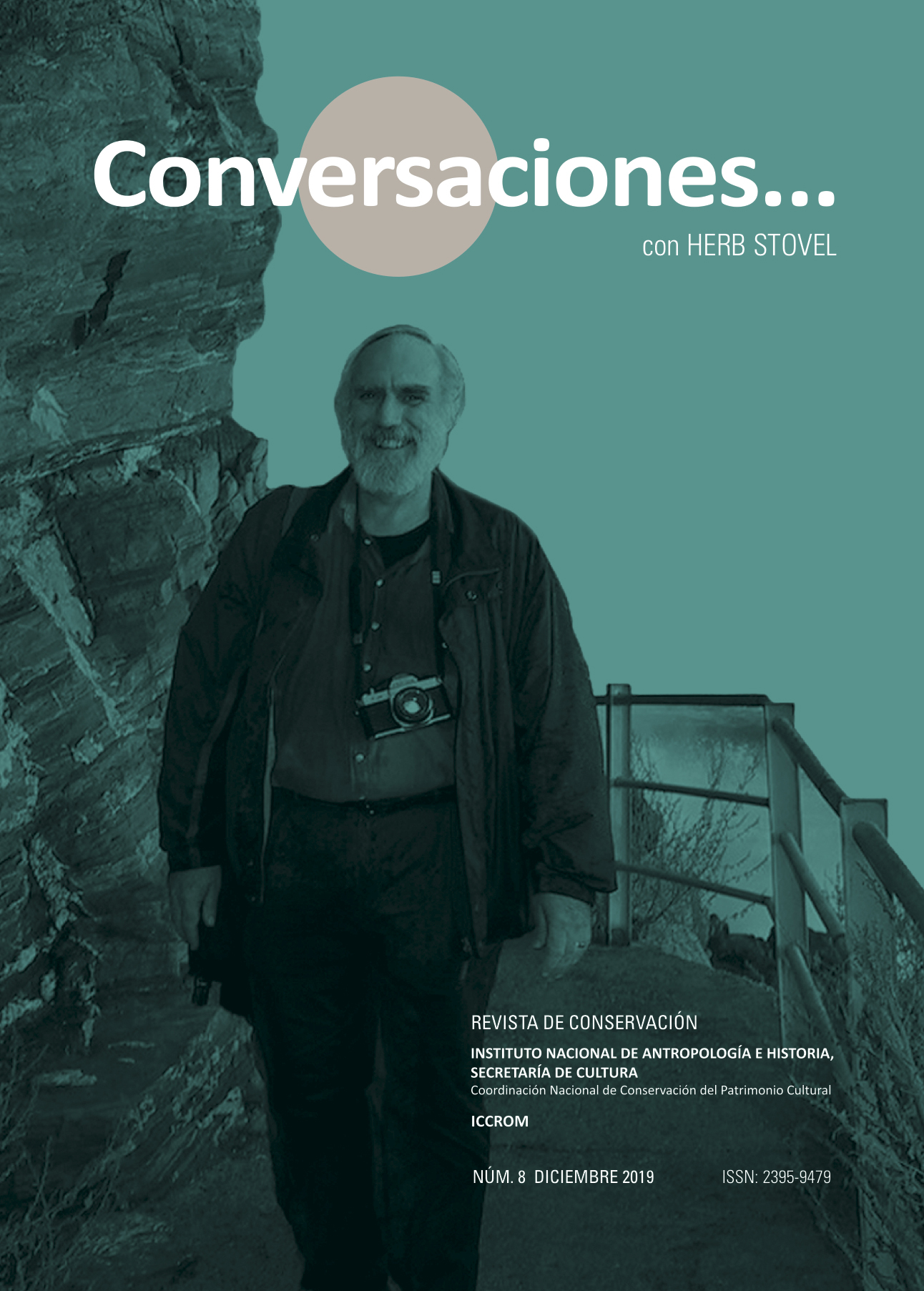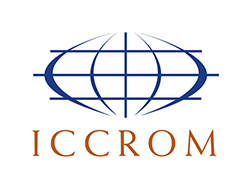The Nara document: its achievement and its limits
Resumen
Diversity of heritage, diversity of cultures. Since the implementation of the World Heritage Convention, both data have been taken into account. The contribution of the Nara Conference and subsequent meetings have enabled all of the regions of the world to delve further into those concepts and highlight the need for a flexible application of the test of authenticity. Herb Stovel played a major role in this welcome revolution. Nevertheless, it is the adoption of the “Global strategy” in particular that opened up the World Heritage List to include additional and more diverse sites and, thus, better represent the different nations and cultures. However, both this broad extension and the relativity embraced in the test of authenticity pose problems: the identification of cultural assets, interpretation, the management of urban sites or inhabited landscapes and the reconstruction projects. To ensure the credibility of the Convention, it is important to avoid the temptation of identity withdrawals and of commercial or savage conservation practices, in order to jointly develop universal conservation principles as part of the multilateral international cooperation in compliance with UNESCO’s objectives.
Descargas
Citas
Cameron, Christina (2008) “Evolution of the application of the Outstanding Universal Value for Cultural and Natural Heritage”, in: What is OUV? Monuments and Sites XVI, ICOMOS, Paris, pp. 71-74.
Cameron, Christina and Mechtild Rössler (2013) Many voices, one vision: the early years of the World Heritage Convention, Ashgate, Farnham.
Charoenwongsa, Pisit (1995) “Authenticity: does it really matter much?”, in: Knut Einar Larsen (ed.), Nara conference on authenticity - Conférence de Nara sur l’authenticité, Japan 1994, Proceedings, UNESCO World Heritage Centre/Agency for Cultural Affairs (Japan)/ICCROM/ICOMOS, Tapir Publishers, Trondheim, pp. 287-292.
Coalition Internationale des Sites de Conscience (2018) L’interprétation des sites de mémoire, Étude commandée par le Centre du Patrimoine mondial de l’UNESCO, UNESCO, Paris.
Feilden, Bernard et Jukka Jokilehto (1993) Guide de gestion des sites du patrimoine culturel mondial, ICCROM/UNESCO/ICOMOS, Rome.
Lemaire, Raymond (1993) "Authenticité et patrimoine monumental", Restauro (129): 7-24.
NARA +20 (2014) NARA + 20. On heritage practices, cultural values, and the concept of authenticity.
ONU (2007) Déclaration des droits des peuples indigènes, Organisation des Nations Unies, New York.
Parent, Michel (1979) "Principes et critères d’inscription des biens à la Liste du Patrimoine Mondial", Rapport présenté à la troisième session du Comité du patrimoine mondial, Louxor, Egypte. UNESCO CC-79/CONF.003/11.
Petzet, Michael (2008) “Introduction”, in: What is OUV? Monuments and Sites XVI, ICOMOS, Paris, pp. 7-10.
Saouma-Forero, Galia (ed.) (2001) Authenticity and integrity in an African context. Expert meeting, Great Zimbabwe, 26/29 May, 2000, UNESCO, Paris.
UNESCO (1993) Rapport sur la ‘Stratégie globale’ et les études thématiques pour une liste représentative du patrimoine mondial.
Réunion d’experts tenue à Paris du 20 au 22 juin 1993, UNESCO, Paris. UNESCO WHC-94/CONF.003/INF.6.
UNESCO (1998) Rapport sur la Stratégie globale pour les biens naturels et culturels du patrimoine mondial. Réunion d’experts tenue à Amsterdam du 22 au 27 mars 1998, UNESCO. UNESCO WHC-98/CONF.203/INF.7.
UNESCO (2016) Culture urban future. Global report on culture for sustainable urban development, UNESCO, Paris.





